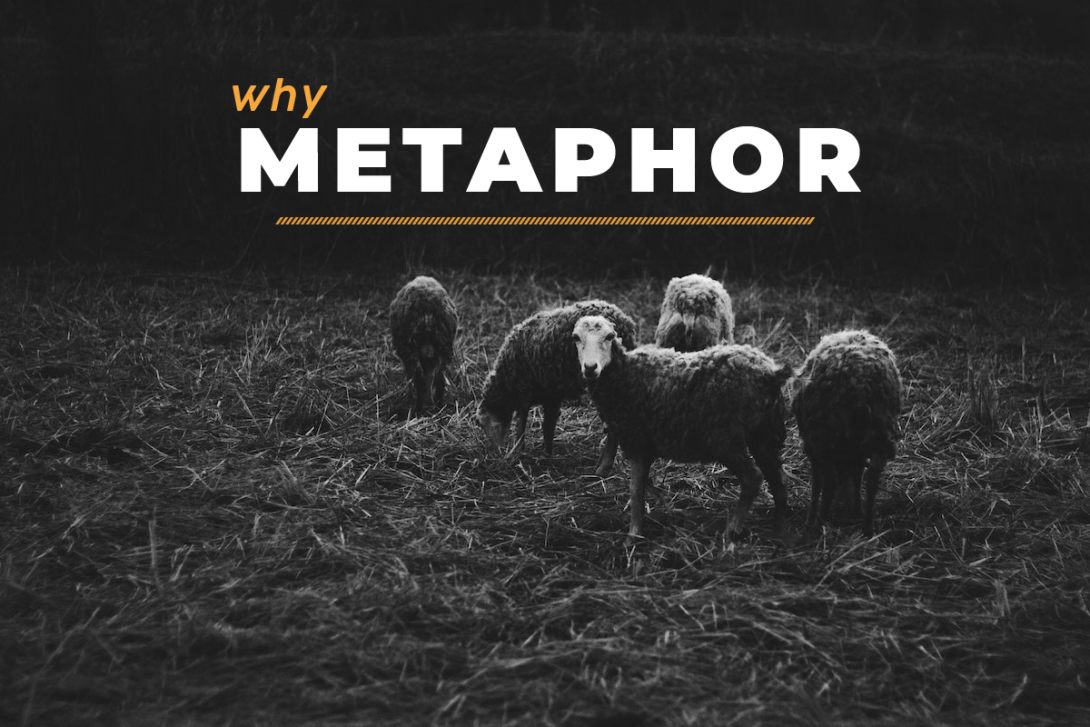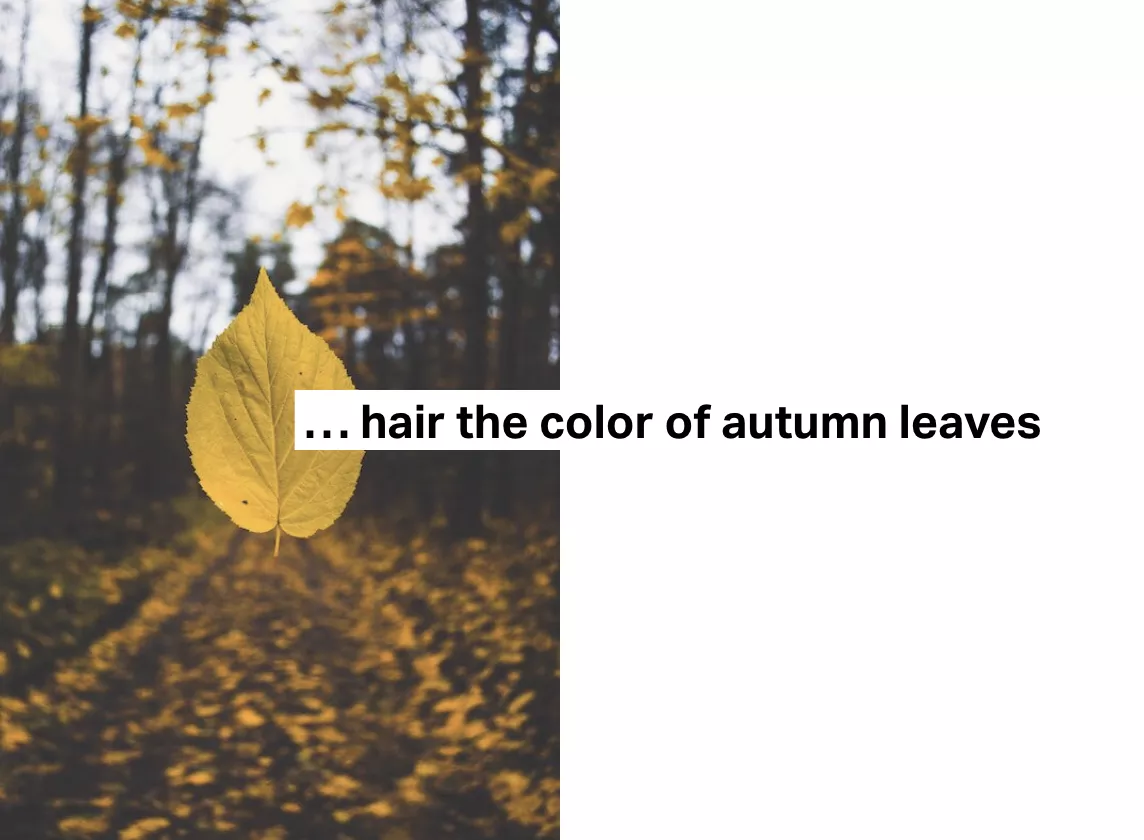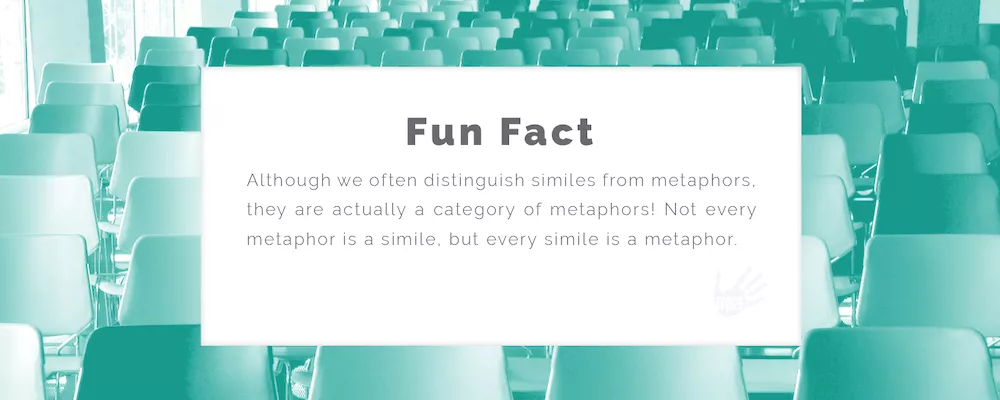The makeSPACE blog
UNLOCKING THE MYSTERY OF THE METAPHOR
Why Metaphor?
Metaphors are figures of speech, images, and gestures that use seemingly unrelated language (verbal and nonverbal) to describe people, things, actions, and concepts.

At the most basic level, metaphors convey perceptions and feelings, simplify concepts, and open our mind to different ways of thinking.
When used effectively, metaphors can promote concise communication, deepen memory and understanding, and offer alternative ways of seeing an issue or concept. In this way, metaphor-making provides a great opportunity for creative engagement in teaching and learning across the curriculum.
Metaphors frequently invoke detailed images or feelings that are richer than an exact description. “Hair the color of autumn leaves,” for example, conjures a more detailed image than “blonde” or “brunette.”
In The Great Gatsby, Nick describes Daisy’s speech as “an arrangement of notes that will never be played again” that “the ear follows up and down.” Rather than focusing on the accent or pitch of her voice, he explains the effect it has on others to great effect.

Simplifying Concepts:
Life is a highway.
Or…is it a dance? A journey? A rat race? Maybe it’s more like a box of chocolates.
We use metaphors to simplify otherwise incomprehensibly large and abstract concepts and, in doing so, better explain how we perceive the world around us. We also use metaphors to simplify already basic concepts. Night owl, early bird, couch potato, black sheep, and loose cannon are widely understood phrases that succinctly communicate straightforward human characteristics, but in a more concise and relatable manner.
Presenting Different Ways of Thinking:
Metaphors affect the way we think even without us realizing it. Advertisers, for example, use them to broadcast notions of freshness, strength, and coolness. In 2011, Stanford researchers published a study that found metaphors also strongly affect the way people view social issues. Thibodeau and Boroditsky ran several experiments in which participants read a report about a city with rising crime rates before proposing solutions. Half of the participants received a report that described crime as a “beast” and the others received one calling it a “virus.” Although the crime statistics were identical in each, participants’ proposed solutions varied greatly. Even when the difference between reports was a single word, participants in the “beast” group were more likely to call for increased law enforcement or harsher penalties while the “virus” group were more likely to propose implementing social reforms.
Check out our makeSPACE video about metaphor to stir up some new recipes for your own metaphor-making. How do metaphors present themselves in your life? What metaphorical idioms do you use on a daily basis? Give us “a piece of your mind” below or share your favorite metaphor!

We’ve learned from our makeSPACE teaching partners that adaptations will be shaped by the curriculum we teach, our students age and development, or the time of day or phase of the school year. Teaching is a creative art. And adaptability and improvisation are tools of the trade. Innovating and adjusting a routine to fit students and classroom needs is the name of the game! And this experimentation can be fun and surprising.
